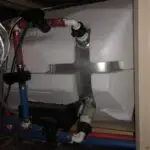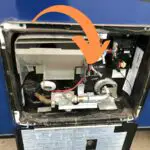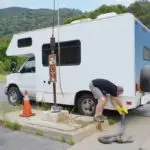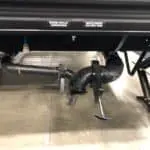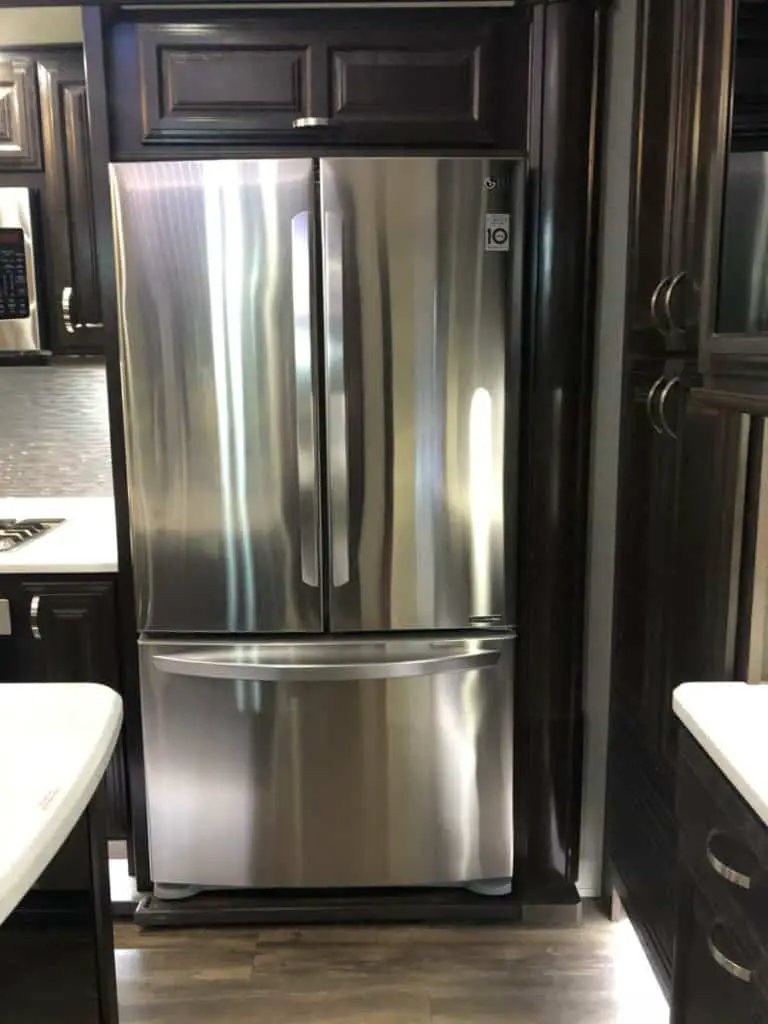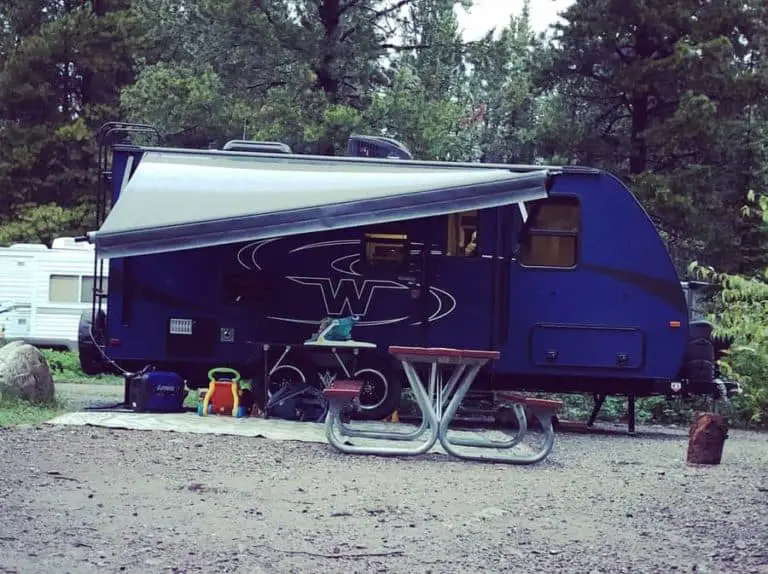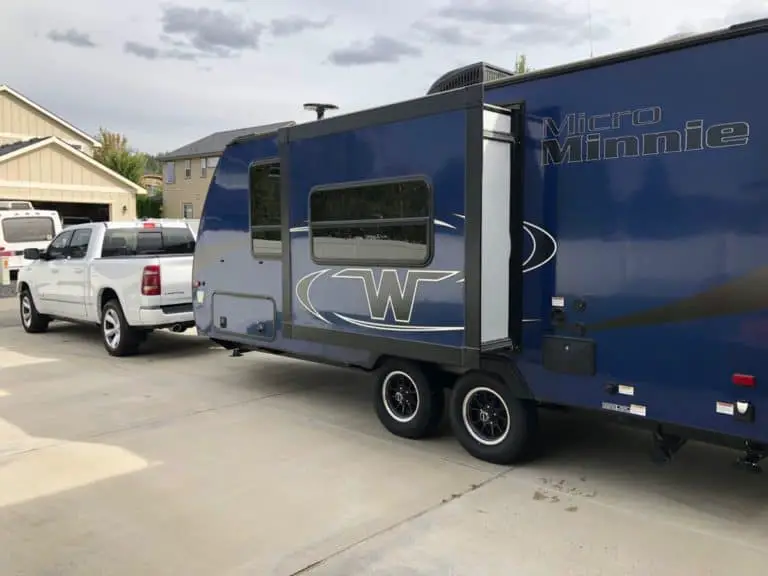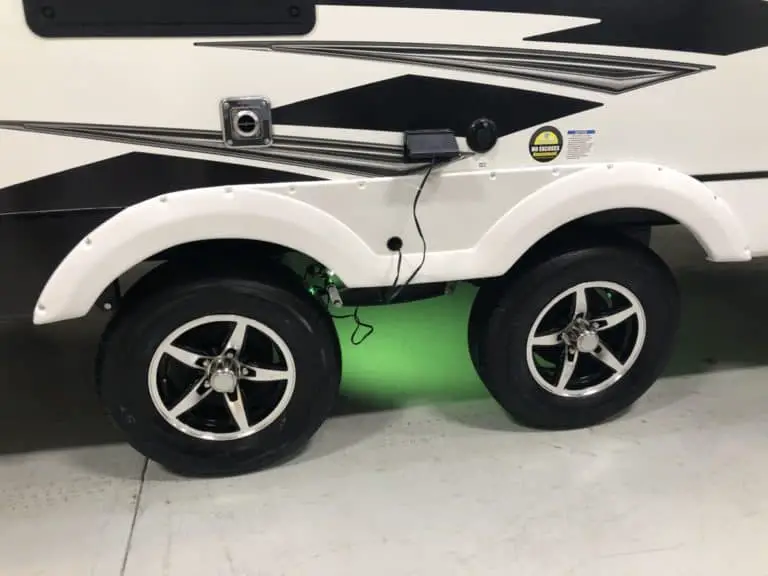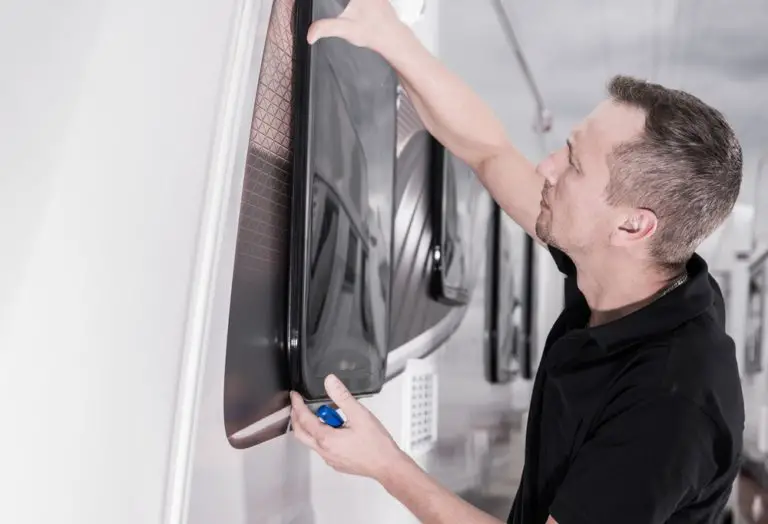How to Bleed Air From Your RV’s Water Lines
If you recently noticed sputtering noises, an intermittent splash of waters, or low water pressure when you attempted to take a shower or use your faucet in your recreational vehicle, you most likely have air trapped in your vehicle’s water lines.
This air can appear in your recreational vehicle’s water lines for a variety of reasons including loose connections, bad valves, and small undetectable holes in the lines. However, no matter the cause of the air’s presence, you will need to bleed your RV’s water lines before your shower and water pressure will return to normal. There are a few ways in which you can go about bleeding your vehicle’s water lines. The various processes involved in completing this repair are discussed further below.
How to bleed air from your rvs water lines?
The quickest way to bleed air from your RV water lines is to run your water, whether on your fresh water tank or city water, just run it. The air will work itself out in a matter of time, and you should be good to go. Always open up all faucets to make sure each one gets the air out.
The Simplest Way to Bleed Your RV’s Water Lines
If you are looking to bleed your recreational vehicle’s water lines, and you want to complete the task in the simplest manner possible, you will first need to fill your vehicle’s freshwater tank to capacity. After your vehicle’s tank is filled to capacity, you can then begin the process to bleed your vehicle’s water lines by turning on your vehicle’s water pump. This water pump will circulate the water from the freshwater tank throughout your vehicle. After a few minutes of having the water from the tank circulate and build pressure, you will then want to open all of the faucets within the RV or travel trailer, even your outdoor shower to work all of the air out of the water system.
When you open the furthest faucet from your vehicle’s water pump after each faucet is opened one by one, you should notice more sputtering and intermittent splashes of water similar to those that alerted you that you may have air in your lines in the first place. Eventually, these sputters and intermittent splashes should give way to a flow of water. After a few minutes, this flow should resemble a properly functioning faucet. The whole process should only take a few minutes to remove all of the air from your vehicle’s water lines.
Tip: If out boondocking, catch the water in a bucket so it does not fill up your gray water tank.
BLEEDING A RV’s WATER LINES USING THE WATER PUMP
Step 1: Fill the RV’s freshwater tank to capacity
Step 2: Turn on the RV’s water pump
Step 3: After waiting a few moments, open the faucet that is furthest away from the water pump, then each other faucet one by one
Step 4: Wait a few more moments and the water pressure should return to normal.
Using the City Water Connection to Bleed Your RV’s Water Lines
The method for bleeding your recreational vehicle’s water lines that is described above is the simplest. However, it will require the use of a lot of water and is not nearly the most efficient method you can use to bleed your RV’s water lines especially if you are off-grid.
If you are looking for a more efficient method to bleed your RV’s water lines, you will want to connect your recreational vehicle’s water line to a city water supply that is already pressurized. A faucet in your home or an outdoor hose is the best option. This method will be more efficient because the municipal water line can supply a stronger pressure of water than the onboard water pump installed in your RV.
Once you have the water line connected to the municipal water supply, you can open all of the faucets in your RV. If your recreational vehicle is outfitted with a shower, bathroom sink, and kitchen sink, you should open all three of these faucets. Opening all of the faucets on your RV will speed up the process.
After you have opened all of the faucets in your RV, you should notice sputtering and intermittent splashes of water. These splashes of water should give way to a solid flow of water in about a minute or so. Once the water is flowing properly and all air is out of the lines, you should disconnect the municipal water supply and start your vehicle’s water pump. The pump should prime easily and begin to properly circulate water throughout the rv.
BLEEDING A RV’S WATER LINES USING A MUNICIPAL WATER SUPPLY
Step 1: Connect the RV’s waterline to pressurized water supply (home faucet works great)
Step 2: Open the pressurized faucet
Step 3: Open the various faucets in your RV
Step 4: Wait until the water pressure returns to normal
Step 5: Disconnect the pressurized water supply
Step 6: Start the RV’s water pump
What If There is Air Trapped in Your RV Water Pump
Air trapped inside of your vehicle’s water pump could also be the culprit of sputtering water pressure. If you suspect this is your problem, you will want to start repairing the problem by turning on the water pump. After the water pump is turned on and has been circulating water for a while, you will then want to go to the faucet furthest from the water pump and open it. The water pressure should return to normal and all air should be removed from your RV’s water pump. Another way to remove air from your vehicle’s water pump is to prime the pump. The table below shows the steps to complete this procedure:
HOW TO PRIME A RV WATER PUMP
Step 1: Disconnect the water output pipe from the water pump
Step 2: Attach a rubber hose to the water pump at where you removed the output pipe
Step 3: Fill a container with clean water
Step 4: Hold the free end of the water hose higher than the water pump and pour the water into the hose
Step 5: Cover the end of the hose with your thumb and then turn on the water pump. After a few moments, you should feel the water hit your thumb. Once you feel this, you should turn off the water pump.
Step 6: Reconnect the water output pipe
Causes of air in your RV water lines?
Air in your water lines can be caused by many items:
Leaky Faucets
A Leaky faucet can cause air to be in your lines. If you have your water pump on all of the time and you hear it randomly go off, you know you have a leak somewhere. You will need to search for your water leak and repair before you do other damage to your system.
Leaky Pipes
A leaky pipe can cause air to develop in your rv water system. Whether in your pipes to your faucets or your supply line form your fresh water tank, pipe leaks can cause air to develop in your system.
Winterization/ Dewinterization
When you winterize, you typically use rv antifreeze to ensure your pipes don’t freeze. Another method is to pump them out with air using an air compressor. You will need to bleed your lines through your travel trailer de-winterize process to flush out all the chemicals.
Low Fresh Water Tank
If you emptied your RV fresh water holding tank using your drain valve, you can expect next time you fill it up to have some air in your lines. Simply do the steps above to solve your issue.
How to bleed air from an RV Hot water tank?
If you have air stuck in your hot water tank, keep in mind, this is an easy solution. You can start off by ensuring your drain plug is firmly set and not leaking. A leaky drain plug will cause air to develop at the top of your tank leading to getting air in your water lines. Air in your hot water heater tank can make your heater develop problems, especially if the heating element is out of the water.
To bleed the air from your rv water heater tank, first make sure your rv water heater bypass is in the normal operating position. Next open a faucet on the hot side, if you have limited grey tank capacity or not hooked up to city utilities, I always use the outdoor shower or place something under your faucet to catch it before it fills up your gray tank.
Next, run the water until you don’t hear it surging anymore.
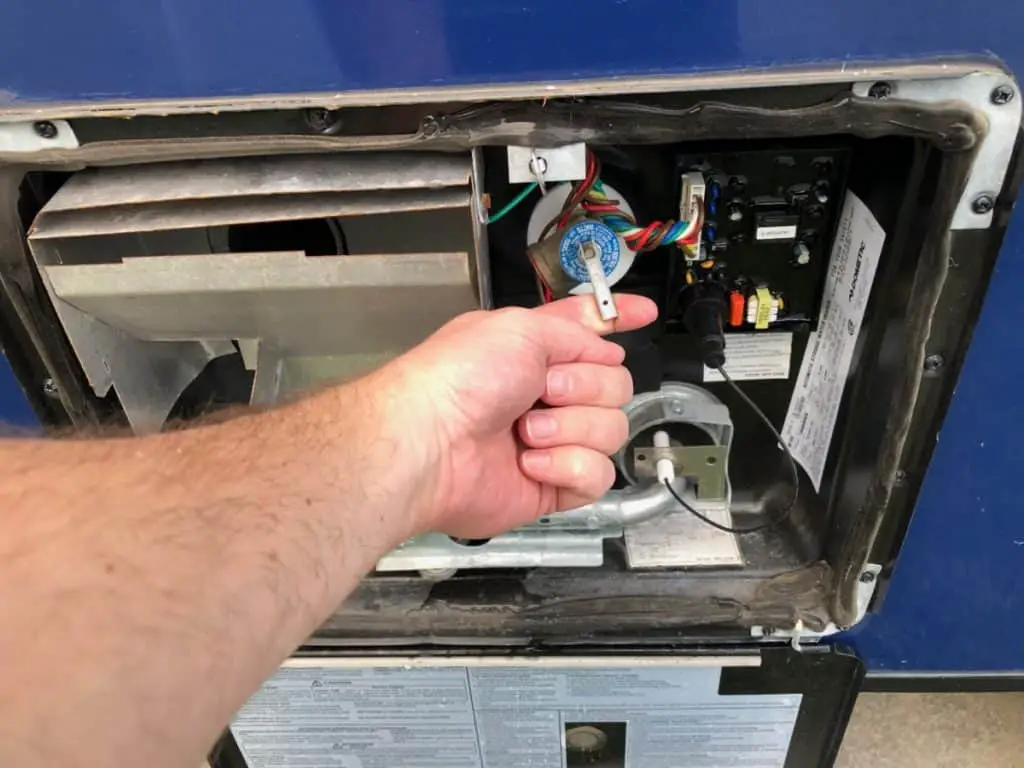
The last and most important step is to open your water heater pressure relief valve. MAKE SURE YOUR HOT WATER TANK IS OFF AS HOT WATER WILL SPRAY OUT
This should remove the air from your hot water tank so it will operate properly. Make sure your RV fresh water tank is full as not to suck more air into your hot water tank.
Bleeding RV Water Lines
Overall, no matter what method you choose to use, bleeding your recreational vehicle’s water lines is a simple task. If you want to complete the task in the easiest manner, you will want to use your RV’s water pump to remove air from the lines. However, if you want to complete the task without wasting your fresh water tank, especially if camping, you should connect your RV to a pressurized water source. Air could also be lying in your RV’s water pump, but this is an easy task to fix as well. If you suspect this is a problem, you can follow the steps listed above. Good luck, and happy rving!
Be the first to be notified about FREE tips, hints, coupon codes, and email-exclusive information. All for FREE!


